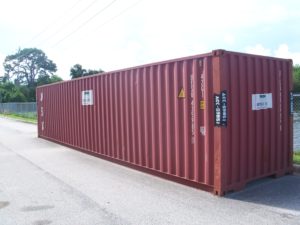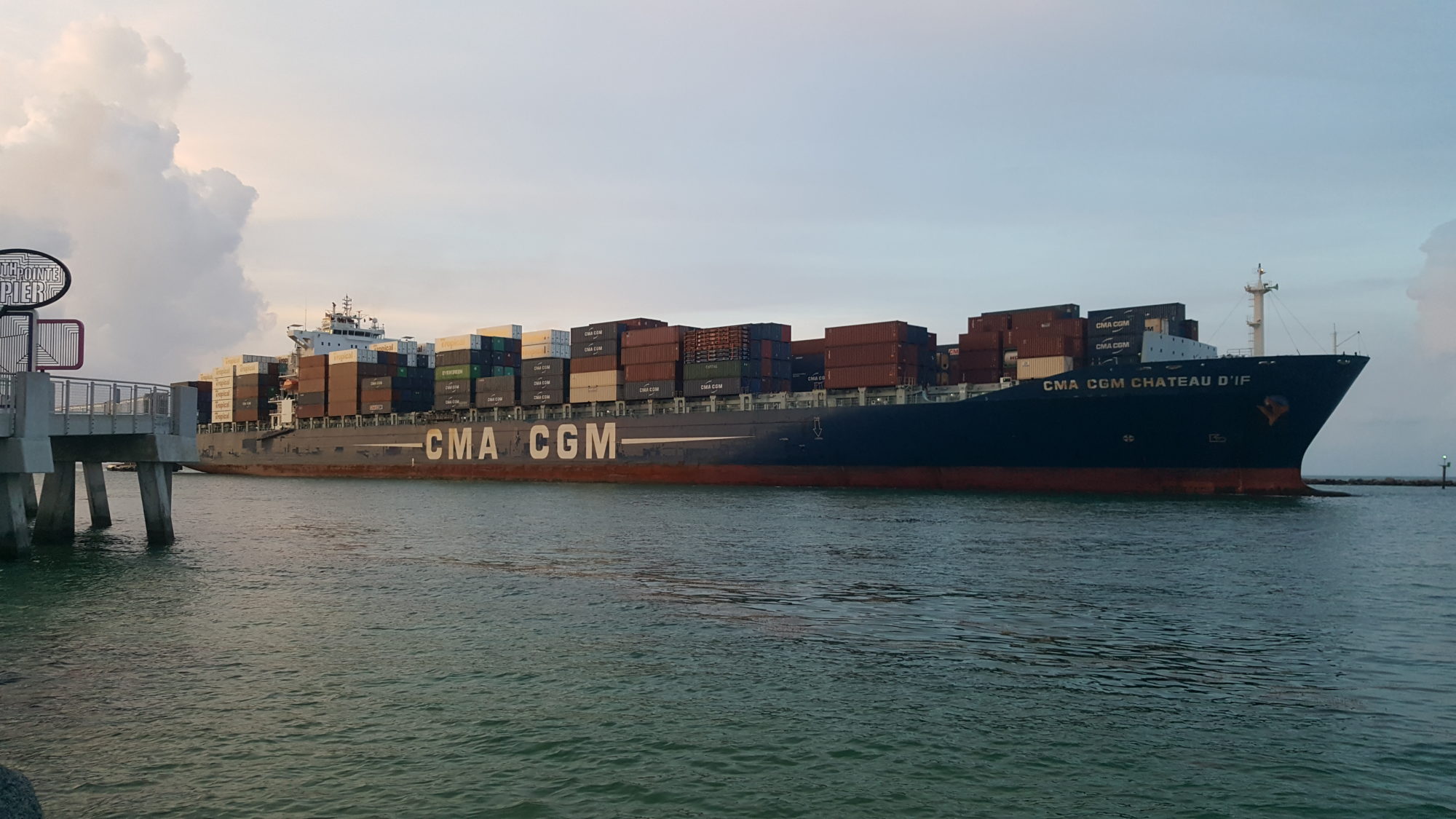A person who offers a hazardous material (HazMat) for transport to, from, or through the U.S. must comply with the Hazardous Materials Regulations (HMR) of the Pipeline and Hazardous Materials Safety Administration within the U.S. Department of Transportation (USDOT/PHMSA). If a person offers for transport a dangerous good (dangerous good is the term used by international regulations to refer to what we in the U.S. call a hazardous material) for transport by vessel in international waters that person must also comply with the International Maritime Organization (IMO) and its Dangerous Goods Code (IMDG Code).
The challenge for a shipper is knowing when to comply with the HMR and when compliance with the IMDG Code is required. To summarize the requirements: a shipper may comply with the IMDG Code – even for transport within the U.S. if all requirements of the IMDG Code are met and the shipper complies with 49 CFR 171.22 and §171.25.
The purpose of this article is to explain the general provisions for use of cargo transport units (CTUs) to transport dangerous goods by vessel in compliance with Chapter 7.3.2 of the IMDG Code.
Before we begin…
This article is based on the 2018 edition of the IMDG Code containing amendments 39-18. This edition alone must be used to determine compliance in 2020 but is optional for use in 2019. The 2016 edition, which includes amendments 38-16, is also optional for use in 2019. It alone was mandatory in 2018. Confused? Read: The IMDG Code Amendment Cycle.
For the purposes of this article it doesn’t matter which edition is used. The effective regulations are unchanged between the two.
Scope:
The regulations of Chapter 7.3 of the IMDG Code apply to those persons responsible for the loading of the CTU. This may be the shipper, a freight-forwarder, the motor carrier responsible for highway transport, or shore-based personnel at the port of departure; it does not have to be the person identified as the shipper on the Dangerous Goods Transport Document.
A cargo transport unit is defined at 1.2.1 of the IMDG Code.
Cargo transport unit means a road transport tank or freight vehicle, a railway transport tank or freight wagon, a multimodal freight container or portable tank, or an MEGC.
For the purposes of this article think of a CTU as a big metal box used to contain packagings of dangerous goods.
General Provisions for Cargo Transport Units:
By their very nature “General Provisions” don’t get into specifics – that’s saved for later.
- CTU must be “strong enough to withstand the shocks and loadings normally encountered during transport”. This requires a knowledge of the conditions to be expected during the anticipated journey.
- CTU must be constructed so as to prevent the loss of the contents.
- Where appropriate, CTU must have devices that will assist in the securing and handling of the dangerous goods it contains. In other words, whatever devices are necessary to secure the dangerous goods within the CTU must be available.
- CTU must be adequately maintained.
- If the CTU is a “container” per the International Convention for Safe Containers (CSC) 1972, then the applicable provisions of the CSC must be followed. However, the CSC does not apply to offshore containers handled in open seas. Those must meet requirements established by the competent authority (USDOT/PHMSA in the U.S.) An offshore container designed to be handled in open seas shall be clearly marked: “OFFSHORE CONTAINER” on the safety approval plate.
Contact me with any questions you may have about the transportation of hazardous materials by air, highway, vessel, or rail International and Domestic Daniels Training Services, Inc. 815.821.1550 |
Conclusion:
Pretty simple and pretty vague. Remember, compliance with chapter 7.3.2 is the responsibility of the person(s) who load the cargo transport unit with dangerous goods to be transported by vessel. If this is you, make certain all personnel are knowledgeable not only of these regulations but all of the IMDG Code applicable to their job – which includes training.
In my next article I’ll address the Packing of Cargo Transport Units

